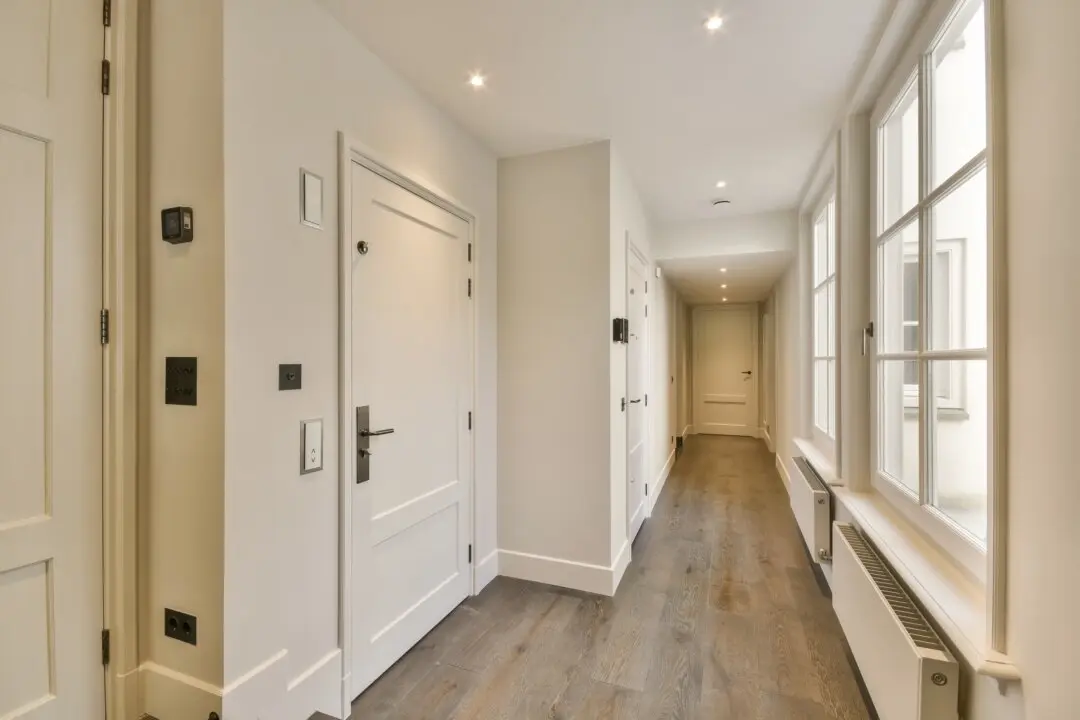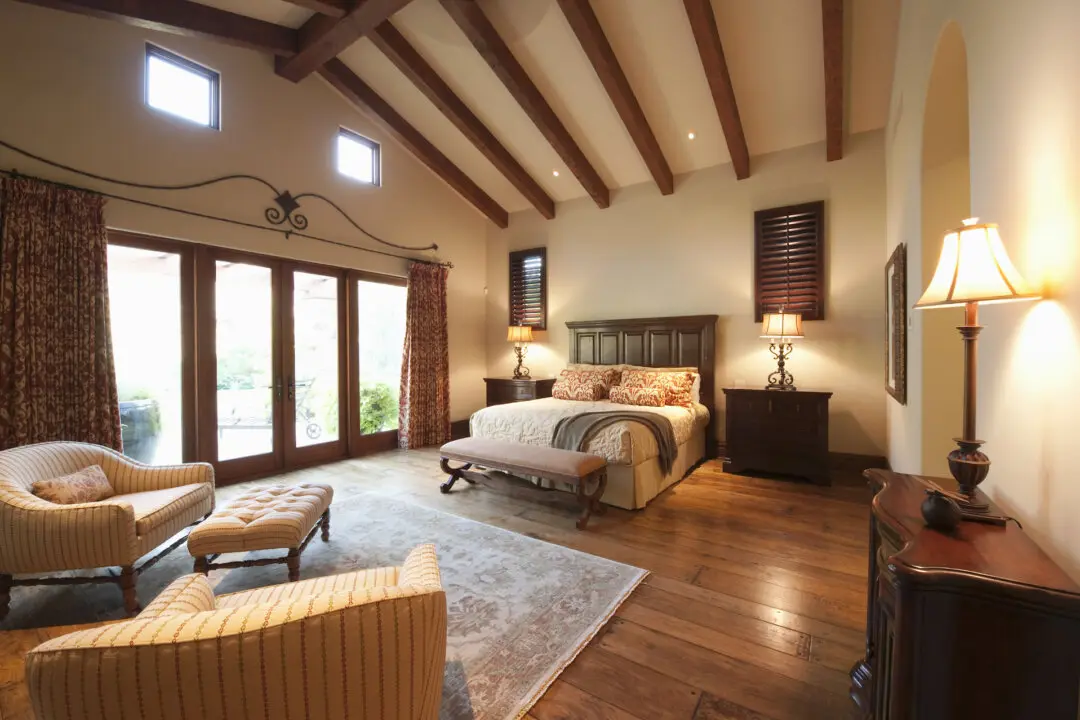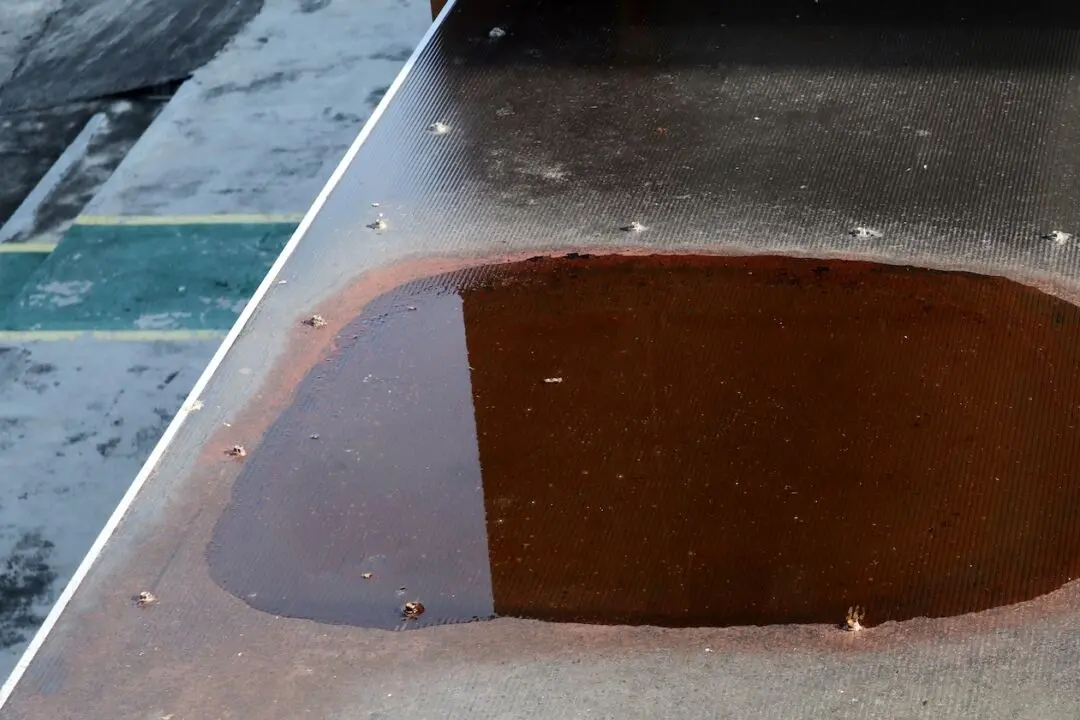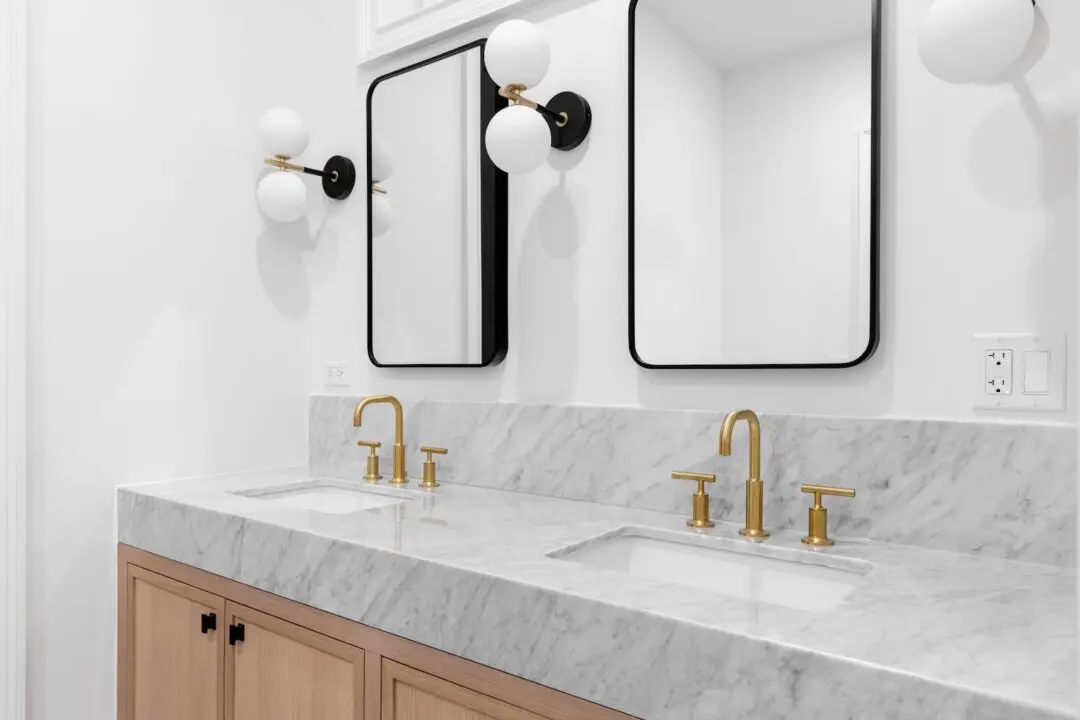Dear James: I want a patio, butterfly garden and a sitting wall by a slope. I think a simple no-mortar wall would look nice. What is the best way to build a stable wall this way? —Catherine T.
Dear Catherine: Butterfly, and pollinator in general, gardens are very popular today and really needed. With the sloping ground by your garden, a no-mortar—often also called dry-stacked—wall can be built into the slope for support. It can easily be stable enough to support a few people sitting on it.





